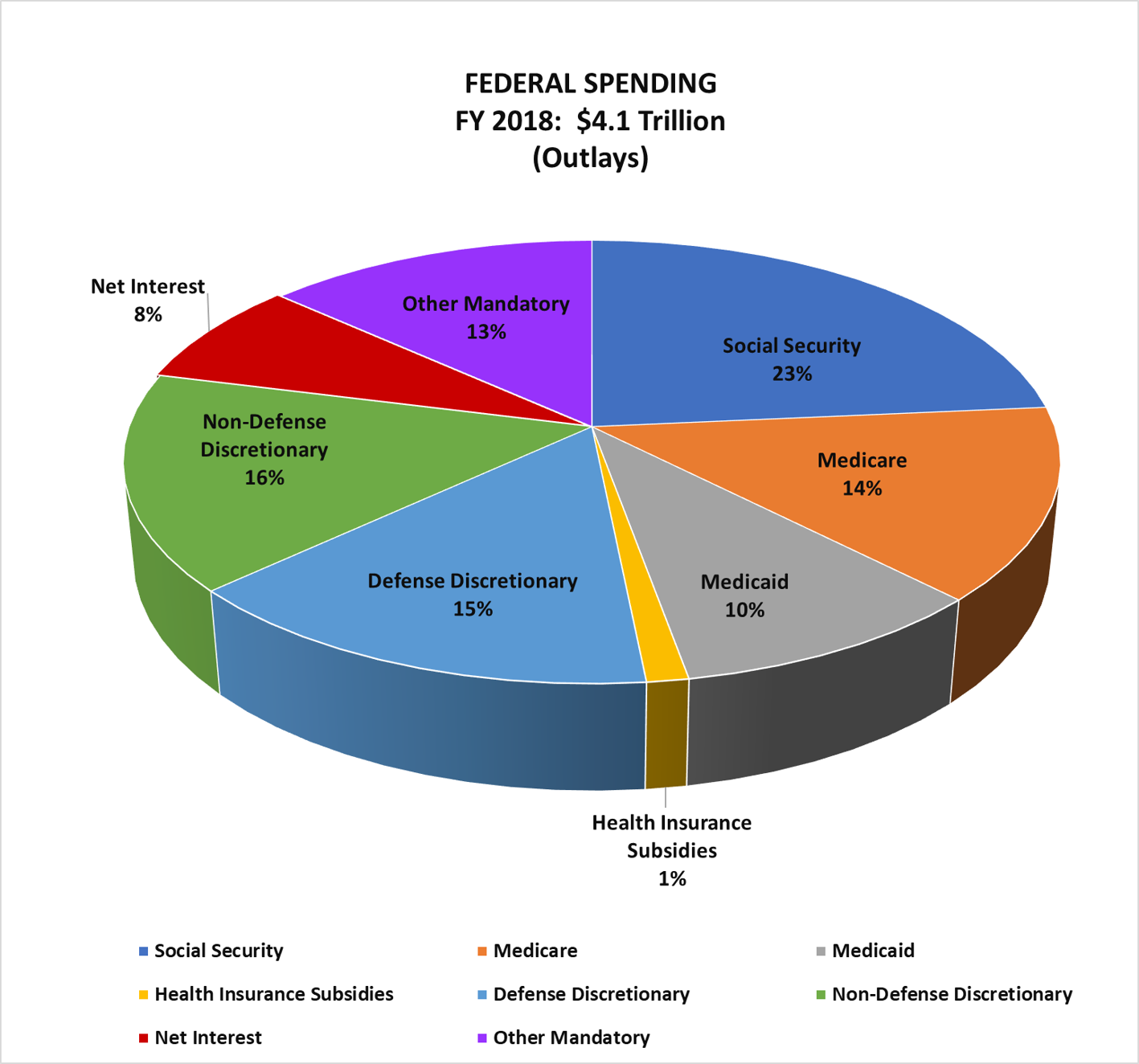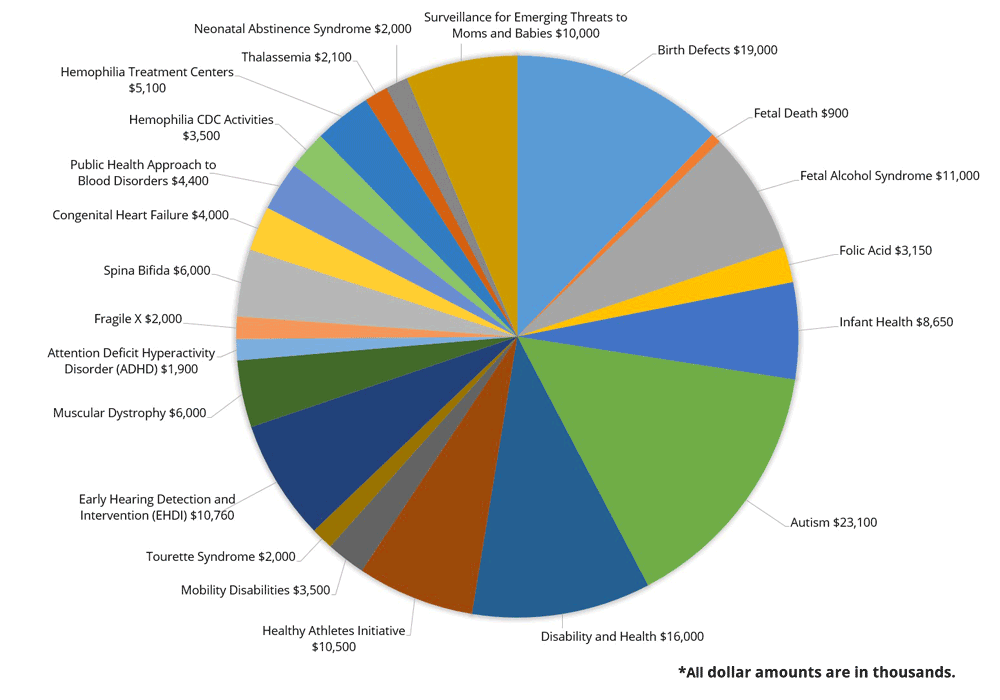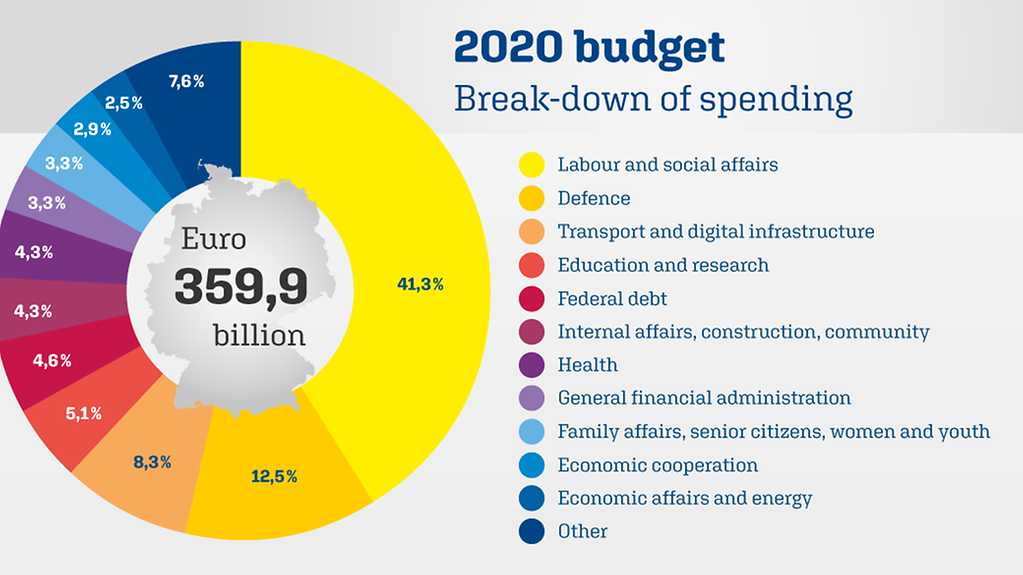

$544 billion in outlays, increased YOY by $89 billion (20%).$308 billion in revenues, decreased YOY by $81 billion (21%).


Better budget data could help lead to better budget management by lawmakers. He says, “Politically, reducing federal spending reported to the public with a half trillion in offsets is a sneaky way for Washington to hide some of its massive footprint.”Īdditional transparency in the way budget reporting is presented is necessary so that lawmakers and taxpayers have access to more accurate information about the scope of the federal government. That research into FY 2021 data looked at pandemic-related government spending figures that fueled larger gross outlays, creating a $700 billion reporting difference between $7.5 trillion in gross outlays and $6.8 trillion in net outlays.Ĭhris Edwards, Director of Tax Policy at the Cato Institute, has done extensive research into this government trick. In September 2022, we highlighted the same disparity between gross and net outlays. It is important to note that this is not the first time NTUF has shed some light on this slight reporting trick.
Federal government budget 2022 full#
This reporting trick misleads the public and masks the full breadth of the government's fiscal footprint. The more accurate number is that of the gross outlays, which does not account for offsetting receipts. However, this does not represent the full scope of the federal government’s spending. When budget data gets reported, the number that is most often cited is the lower net outlays number. Although such payments and collections exactly offset themselves, it is still important to record these transactions to show where taxpayer money is going to fund various programs. In FY 2022, intragovernmental transactions amounted to $1.6 trillion but are included in neither revenue nor expenses in the final budget totals. Examples include interest payments to funds holding government securities, and general trust funds transferring to civilian and military retirement pensions. These transactions exactly offset the payments made by those accounts, resulting in no net impact on the deficit or surplus. These transactions result when funding is transferred from one budget account to another budget account. One sub-classification of offsetting collections is called intragovernmental transactions. In FY 2022, offsetting collections and receipts amounted to $844 billion, and reporting those as net spending make revenue, expenses, and the size of government all appear smaller than they actually were. Examples include United States Postal Service transactions, electrical power sales, federal health insurance premiums, and a host of other collections. Revenues collected through offsetting collections and receipts come from business-like transactions, payments by the public in exchange for goods or services. Offsetting collections and receipts, however, are treated essentially as reductions to spending. Governmental receipts are what we’re most familiar with: tax revenues and other collections deriving from the federal government's sovereign power, such as individual income taxes, payroll taxes, corporate taxes, and excise taxes. The federal government records money collected in one of two ways: either as a governmental receipt, or as an offsetting collection or receipt. Why the difference? The accounting of offsetting receipts. Similarly for FY 2023, OMB projects gross outlays in FY 2023 will be $6.99 trillion, compared to CBO’s projected $6.35 trillion number. That’s $844 billion higher than CBO’s $6.27 trillion spending number. One simple transparency reform to address this would help provide a clearer picture of the government's actual expenditures.īuried on page 167 of the White House Office of Management and Budget (OMB)’s Analytical Perspectives section of the President’s annual budget submission to Congress is a notation that total federal government gross outlays in FY 2022 were $7.11 trillion. But those top-line numbers actually undercount the true size of federal spending by 12 percent. The Congressional Budget Office (CBO) reported outlays were to be $6.27 trillion in Fiscal Year (FY) 2022 and $6.35 trillion in FY 2023. The recent debt ceiling crisis pushed rampant government spending to the forefront of public consciousness.


 0 kommentar(er)
0 kommentar(er)
